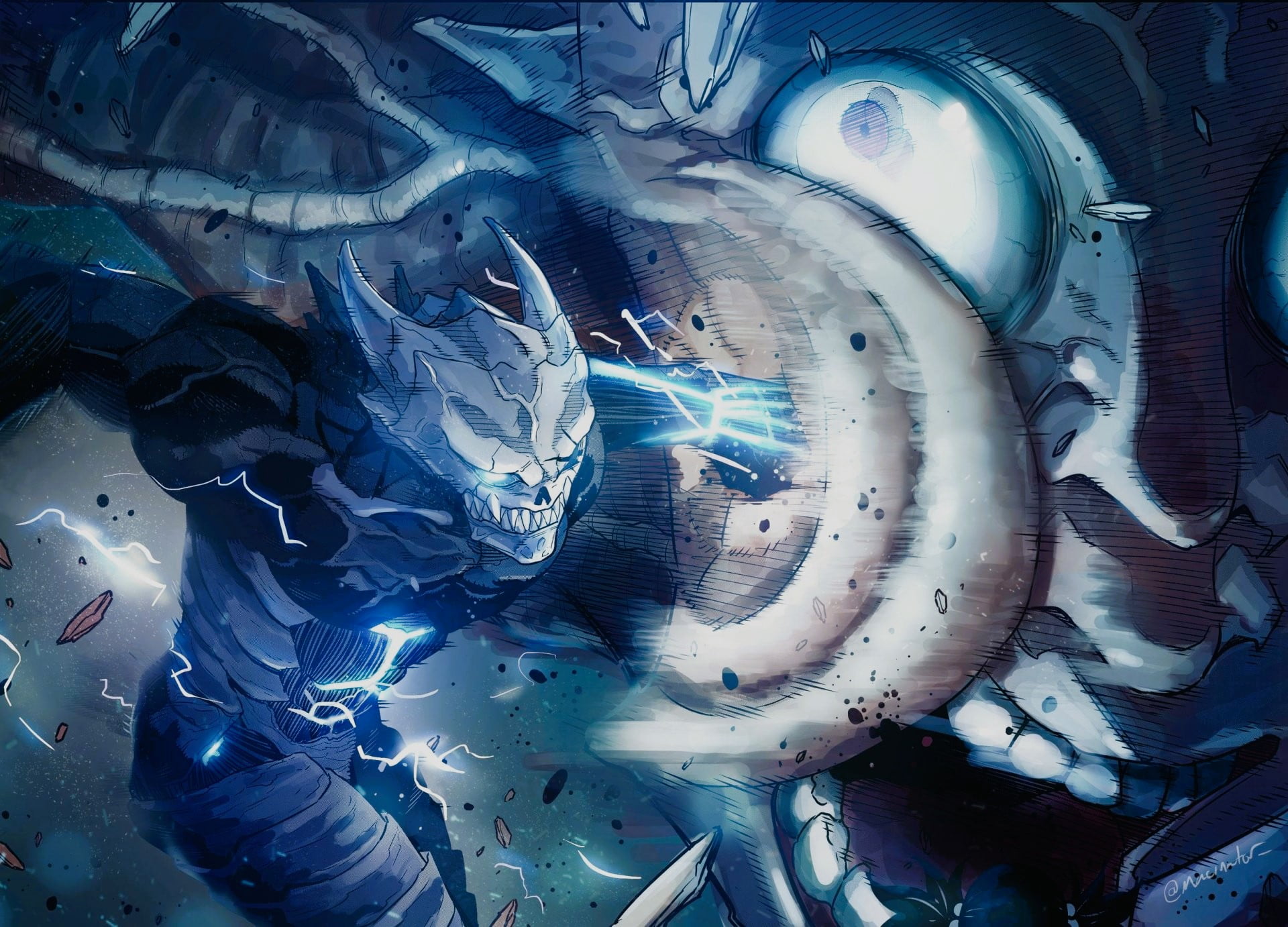Introduction to Kaiju No. 8
In the ever-evolving landscape of manga, few titles have captivated audiences as swiftly and profoundly as Kaiju No. 8, also known as Monster #8. Created by Naoya Matsumoto and serialized in Shonen Jump+, this series seamlessly blends the grandeur of kaiju (giant monster) lore with a modern, nuanced narrative. It offers readers a compelling mix of action, drama, and emotional depth, making it a standout in a genre teeming with competition. In this blog, we will explore the intricate world-building, fascinating characters, stunning artistic elements, and burgeoning popularity of Kaiju No. 8, examining how it has won the hearts of fans around the globe.
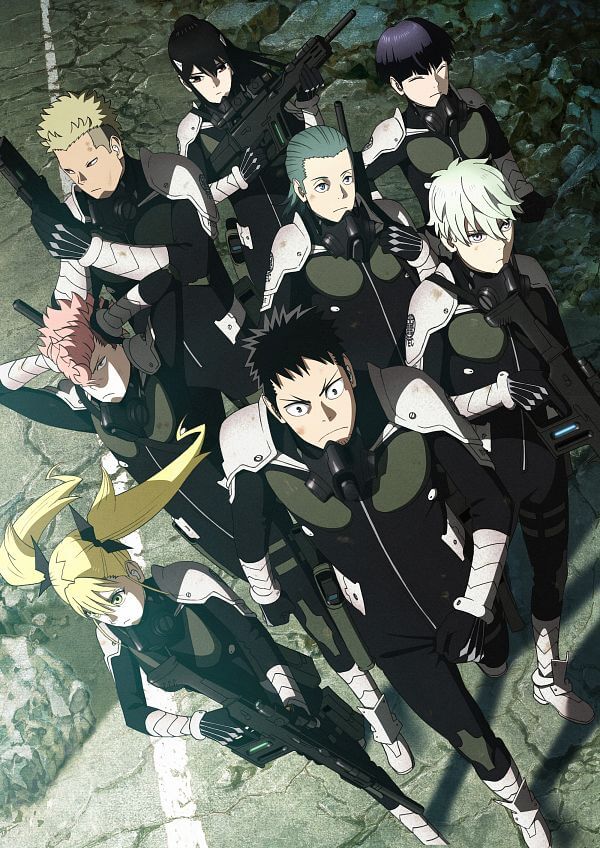
Unveiling the World of Kaiju No. 8
The universe of Kaiju No. 8 is set in a dystopian future where Japan is perpetually under siege by kaiju, colossal creatures that can decimate entire cities in moments. The constant threat of kaiju attacks has led to the establishment of the Defense Force, a specialized military unit dedicated to combating these monstrous beings. The world-building in this series is meticulously detailed, creating a vivid and immersive setting that draws readers into its harrowing reality.
At the core of this world is the persistent menace of the kaiju. These creatures come in various forms and possess diverse abilities, each one presenting unique challenges to humanity. They are depicted not just as physical threats, but as symbols of existential dread, representing uncontrollable forces that humanity must confront. This portrayal adds a layer of complexity to the narrative, making the kaiju more than just mindless beasts; they become central to the thematic fabric of the story.
The Defense Force itself is portrayed with a high degree of realism and sophistication. It is equipped with advanced technology and weaponry specifically designed for kaiju extermination. The intricate details of their operations, from strategic planning to the deployment of specialized units, highlight the meticulous world-building that Matsumoto has infused into the story. This organization is not just a backdrop for action but a key element that underscores humanity’s resilience and ingenuity in the face of overwhelming odds.
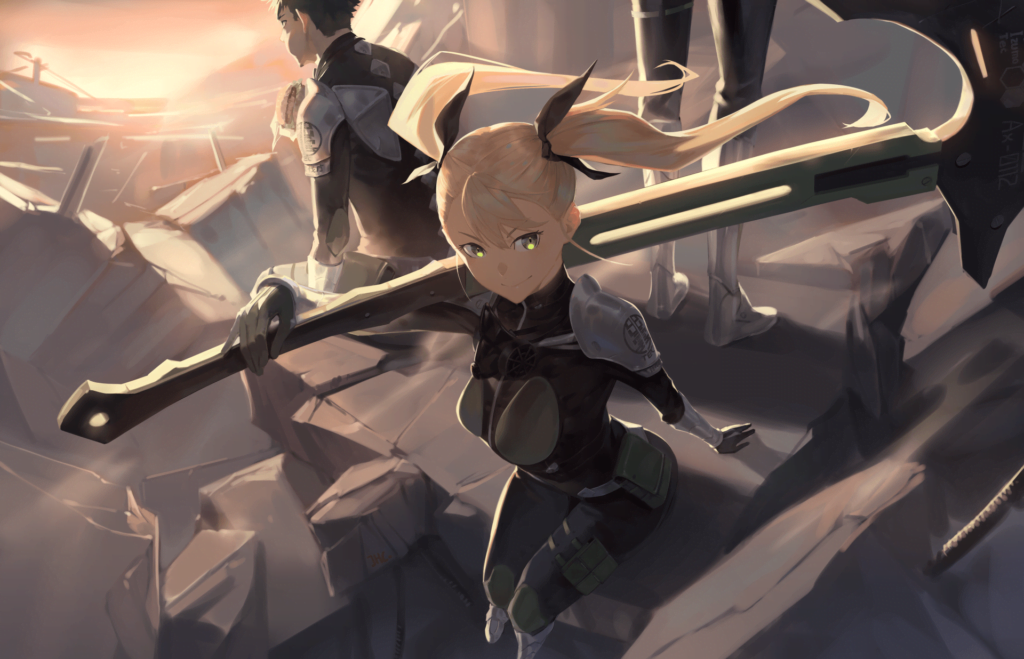
Furthermore, the manga does not shy away from depicting the toll that kaiju attacks take on ordinary people. The constant threat creates a society living in a state of heightened vigilance and fear, with entire cities bracing for the next potential catastrophe. This emphasis on the civilian experience adds emotional depth to the story, making the stakes feel real and immediate. It is this combination of grand-scale conflict and intimate human drama that makes the world of Kaiju No. 8 so compelling and richly textured.
Characters: Heroes and Villains in Kaiju No. 8
The characters in Kaiju No. 8 are a diverse and richly developed group, each adding depth and dimension to the story. Their personal struggles and growth are central to the narrative, providing a human counterpoint to the grand, monster-filled setting.
At the heart of the story is Kafka Hibino, the protagonist. Kafka is an everyman character who dreams of joining the Defense Force but has repeatedly failed the entrance exams. His life takes a dramatic turn when he mysteriously gains the ability to transform into a kaiju himself, becoming the titular Kaiju No. 8. Kafka’s transformation is both a blessing and a curse, as he must navigate the complexities of his dual existence while striving to protect humanity. His journey from a mundane cleanup crew member to a crucial figure in the fight against kaiju is marked by perseverance, humor, and a deep sense of duty, making him a relatable and inspiring character.

Mina Ashiro, Kafka’s childhood friend, and now a high-ranking commander in the Defense Force, serves as a foil to Kafka’s more relaxed demeanor. She embodies the ideals of discipline and dedication, having worked tirelessly to achieve her position. Her relationship with Kafka is complex, tinged with nostalgia and mutual respect, yet strained by the divergent paths their lives have taken. Mina’s character adds depth to the story, providing insight into the high stakes and personal sacrifices involved in the kaiju extermination efforts.
Kikoru Shinomiya is another standout character. As a prodigy and the daughter of a prominent Defense Force leader, she faces immense pressure to live up to her family’s legacy. Her initial arrogance and isolation gradually give way to a more nuanced character development as she learns to value teamwork and camaraderie. Kikoru’s journey is a compelling subplot that highlights themes of personal growth and the struggle to balance individual ambition with collective responsibility.
These characters, along with a host of others, create a rich tapestry of personalities and relationships that drive the story forward. Their interactions and development are as integral to the narrative as the epic battles and kaiju encounters, grounding the fantastical elements of the story in genuine human experience.
Artistic Wonders: Visuals and Style in Kaiju No. 8
The artistic style of Kaiju No. 8, crafted by Naoya Matsumoto, is one of its most striking features. The manga’s visuals are a testament to Matsumoto’s skill, combining meticulous detail with a dynamic, action-oriented approach that brings the world and its characters to life.
One of the most impressive aspects of the art is the design of the kaiju themselves. Each monster is rendered with a unique aesthetic, blending grotesque elements with a sense of awe and scale that makes their presence both terrifying and fascinating. The kaiju are depicted in various forms, from massive, lumbering behemoths to agile, sinewy predators, each with distinctive features and abilities. This variety not only keeps the visual experience fresh and engaging but also underscores the unpredictability and diversity of the threats faced by humanity.
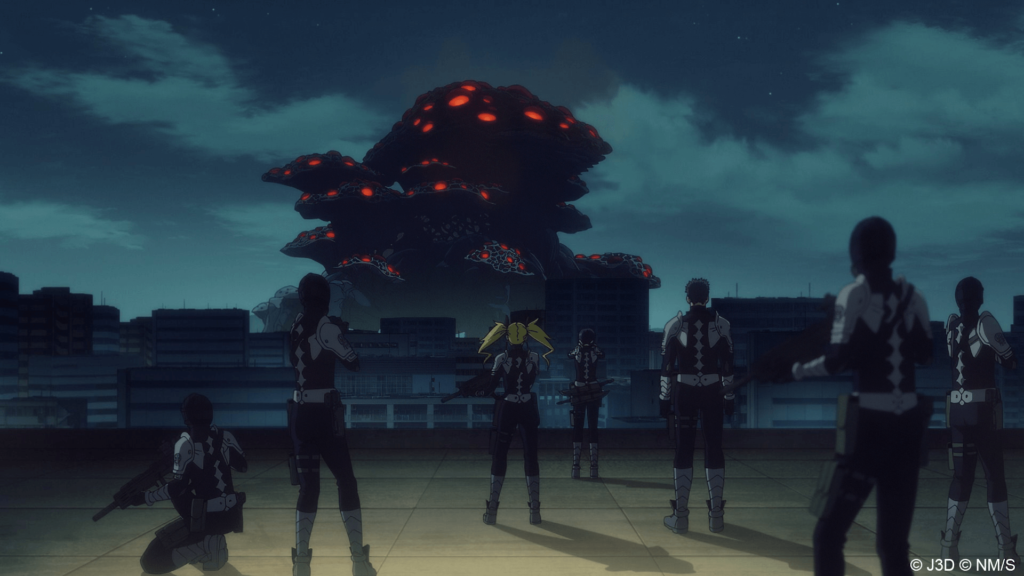
The action sequences are another highlight of the manga’s art. Matsumoto excels at choreographing battles that are both thrilling and easy to follow, using dynamic panel layouts and perspective shifts to convey motion and impact. The fight scenes are intense and visceral, with a fluidity that makes the battles feel almost cinematic. This attention to detail in action sequences enhances the overall excitement of the story and keeps readers on the edge of their seats.
In addition to the kaiju and action, the manga’s artwork also shines in its depiction of the human characters and their world. The characters are drawn with a keen eye for expression and emotion, which adds depth to their interactions and personal stories. The environments, whether bustling cityscapes or desolate battlefields, are rendered with a level of detail that creates a vivid and immersive setting. This combination of detailed backgrounds and expressive characters enhances the storytelling, making the world of Kaiju No. 8 feel both expansive and intimately realized.
Anime Adaptation: Bringing Kaiju No. 8 to Life
The excitement surrounding Kaiju No. 8 reached new heights with the announcement of its anime adaptation. Fans of the manga are eagerly anticipating how the series’ dynamic story and stunning visuals will translate to the screen. Given the rich narrative and detailed art of the manga, there are high expectations for the anime to capture the essence of Matsumoto’s work and bring it to an even broader audience.
The transition from page to screen offers the opportunity to explore the world of Kaiju No. 8 in new ways, with the potential for animated action sequences to add even more intensity and excitement to the already gripping story. The anime is expected to highlight the emotional and thematic depth of the manga, emphasizing the human drama and character development that underpin the kaiju battles. Fans are hopeful that the adaptation will do justice to the source material, capturing the unique blend of action, emotion, and artistry that has made Kaiju No. 8 a beloved manga.
Capturing Hearts: How Kaiju No. 8 Has Won Over Fans
Kaiju No. 8 has garnered a dedicated following, winning the hearts of readers with its compelling blend of action, emotion, and thematic depth. Its success can be attributed to several factors that resonate with audiences across the globe.
One of the key aspects of its appeal is the relatable protagonist, Kafka Hibino. His journey from an underdog to a hero, combined with his everyman qualities, makes him an endearing and inspirational character. Readers connect with his struggles and triumphs, finding in him a reflection of their own hopes and challenges.
The series also stands out for its unique take on the kaiju genre. While giant monster stories are not new, Kaiju No. 8 infuses the genre with fresh perspectives and emotional complexity, making the kaiju more than just antagonists but integral to the story’s themes and conflicts. This nuanced approach, coupled with the detailed world-building and character development, sets it apart from other titles in the genre.
Additionally, the stunning artwork and dynamic storytelling draw readers in, creating a visually and narratively immersive experience. The combination of thrilling action, detailed environments, and expressive character designs makes each chapter a visual and emotional feast, keeping readers eagerly anticipating the next installment.
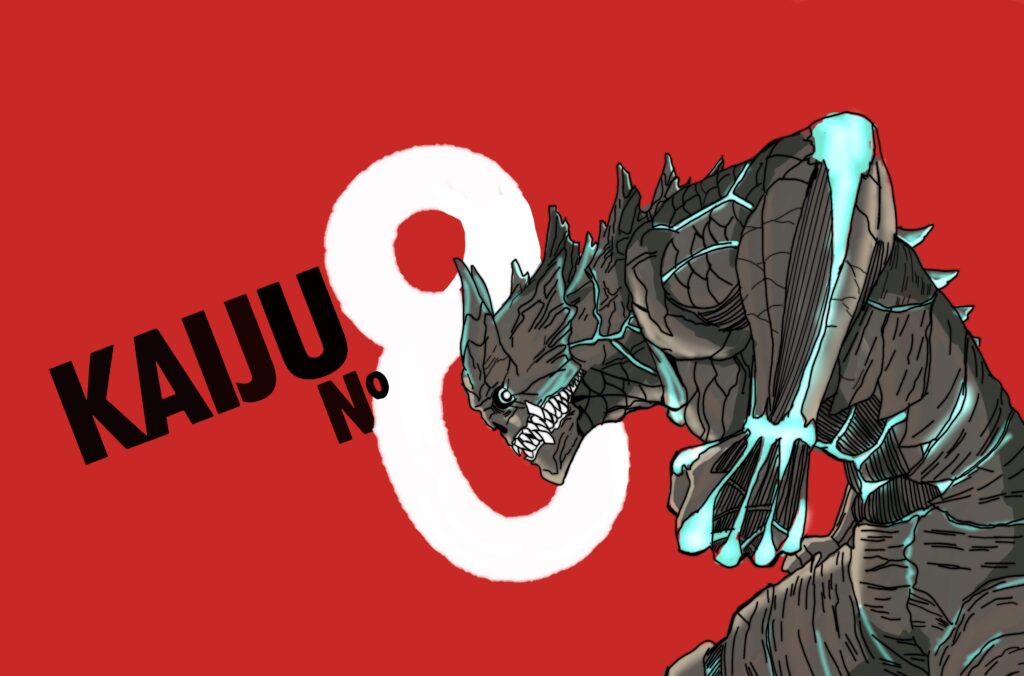
Conclusion
In a crowded manga landscape, Kaiju No. 8 has carved out a unique niche, captivating audiences with its blend of thrilling action, emotional depth, and artistic brilliance. Naoya Matsumoto’s creation is not just a story about giant monsters; it is a richly crafted narrative that explores themes of resilience, personal growth, and the enduring human spirit. As it continues to gain popularity and anticipation builds for its anime adaptation, Kaiju No. 8 stands as a testament to the enduring appeal of well-crafted storytelling and the powerful impact of a compelling narrative. Whether you are a long-time manga fan or new to the genre, Kaiju No. 8 offers an experience that is both exhilarating and deeply moving, making it a must-read in the world of contemporary manga.
